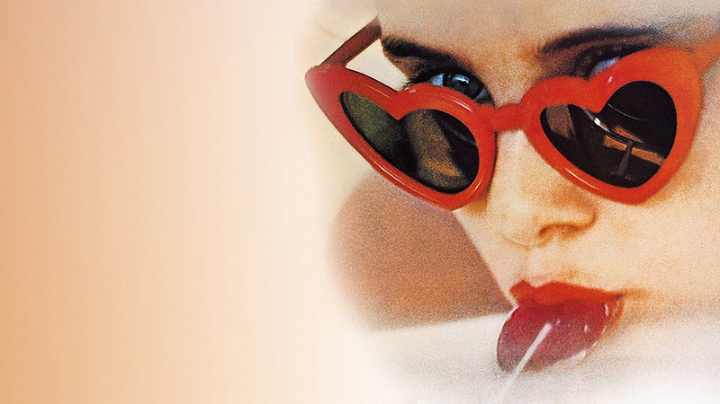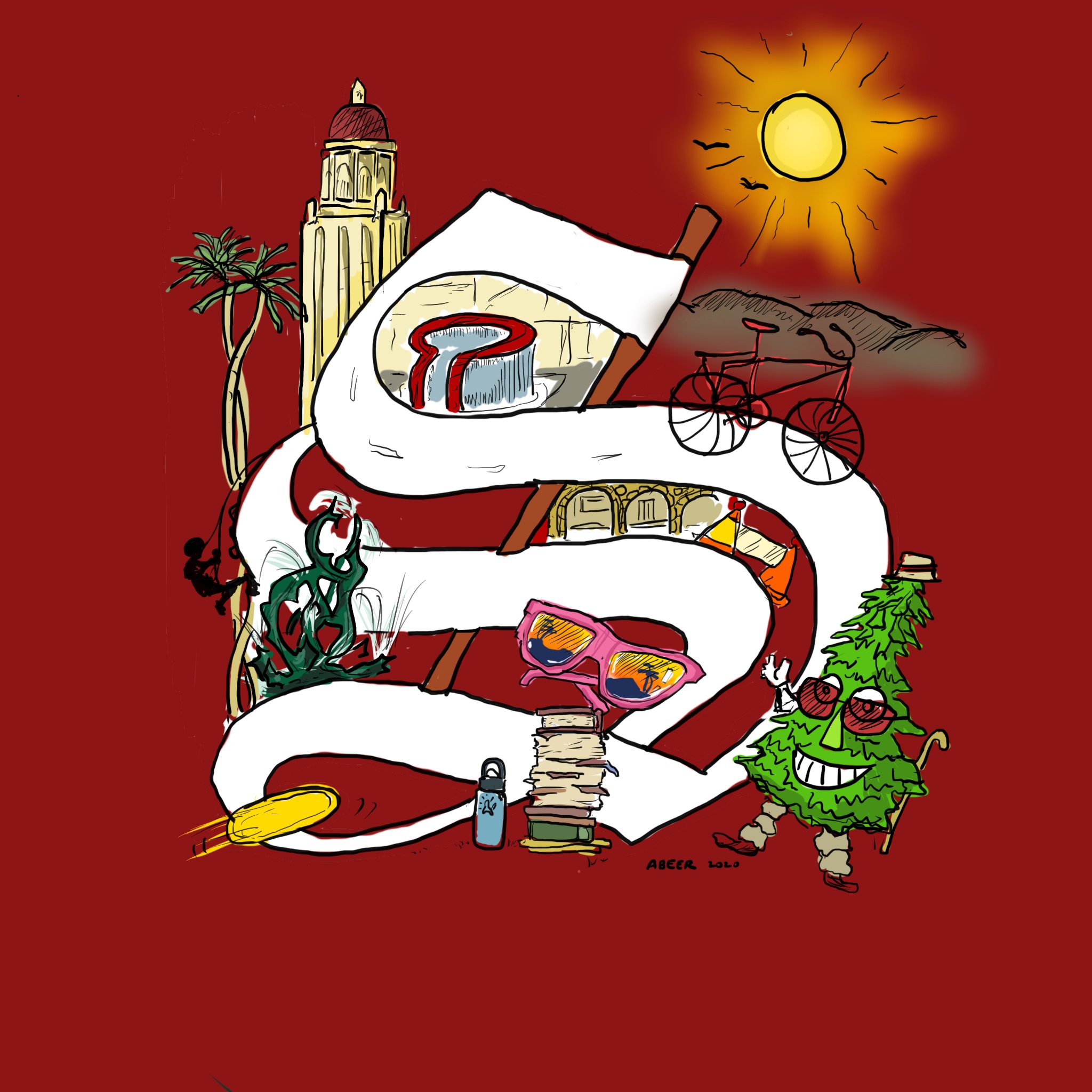
Once banned as pornography but now considered a 20th-century classic, Vladimir Nabokov’s “Lolita” tells the story of middle-aged Humbert Humbert and his tragic love affair with his 12-year-old stepdaughter Dolores “Lolita” Haze. The visual tropes that recur throughout the novel — including bubblegum, lips, underwear and sly references to the female anatomy — have seen a resurgence in popular culture, and “Lolita” itself has enjoyed increasing popular appeal as a result.
So, one may question how such a story made its way to the cover of new publications, Pinterest boards and TikTok For You Pages. From an America of gas stations, scenic motels and neon-lit restaurants, Nabokov illustrates the story of Lolita in a world reminiscent of a post-World War II era — an “aesthetic” millennials and Gen-Z are seemingly captivated by.
Although infamous for its controversy, the novel’s legacy also owes a great deal to the volume of references it has received in pop culture. Among notable references, artist Lana Del Rey’s “Off To The Races” includes the famous opening-line from “Lolita”: “Light of my life. Fire of my loins.” Furtherly, Lana not only has a song titled “Lolita,” but also one titled “Carmen” — one of Humbert Humbert’s favorite nicknames for Lo. Both songs revolve around youth and male attraction.
Yet, behind Lana’s music’s vintage aesthetics and evocative tunes remains the story of a 12-year-old girl — a story brimming with childhood trauma and abuse.
The narrative of an older man getting the younger girl is not a new one, nor one that will soon go out of style. Actual predatory relationships depicted in books or songs open the door for an audience as young as Rey’s to misinterpret the true danger of the type of situations depicted. Such a narrative promotes the grooming or the building of false trust between a predator and a victim and the sexual exploitation of young girls.
Such unique “vintage” aesthetic and special literary devices have made the romanticization of the toxic relationship inevitable. Written from the perspective of Humbert himself, the reality of Lolita’s childhood was hidden from the reader behind Humbert’s alluring prose and seeming internal struggles of morality.
Humbert attempts to immortalize Lolita and justify his perverse desires as artistic necessities by referring to young girls’ nymphets.
The nickname he gives her, Lolita, further demonstrates how Humbert never saw her for who she was but instead projected such fabrication he had of her onto reality.
Ultimately, the resurgence of “Lolita” leads us to judge the identities of our moral character. By sympathizing with Humbert, the story of Dolores becomes overlooked. By calling the story a beautiful literary take on two complex characters, we diminish the reality of abusive behavior fragmented throughout.
The persistent romanticization surrounding such a story reveals the immense influence mere ‘aesthetics’ and celebrities like Lana Del Rey have through pop culture and what is and isn’t considered acceptable among today’s society. Although Ray never candidly condones such behavior within her music or song lyrics, her artistic portrayal has influenced her mass following in glamorizing the aesthetics of the story without consideration to the true depth of “Lolita.”
Amidst the modern age of immense influence across social media, youth are more exposed than ever to various concepts and ideas that may glamorize unacceptable behavior. Despite whatever artistic aim Ray and Nobokov intended to achieve, portraying pedophilia and child abuse enables the possibility for debate whether the topic is up for conversation or not. Awareness is integral, but one can create art that brings attention to a problem without normalizing the topic. We cannot afford to let this concept of abuse be recognized for anything other than it is — unacceptable.
Contact Lea Nepomuceno at lea.a.nepomuceno ‘at’ gmail.com




